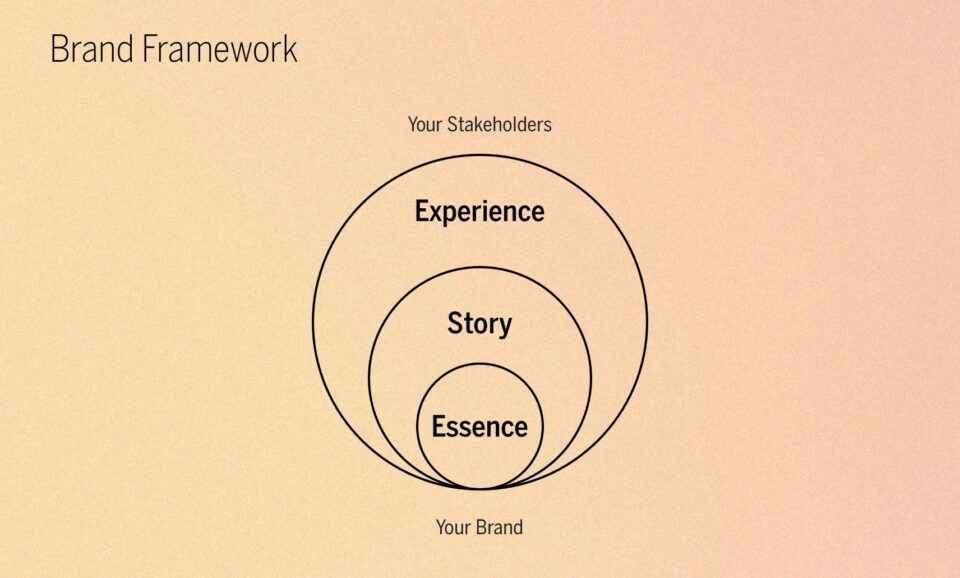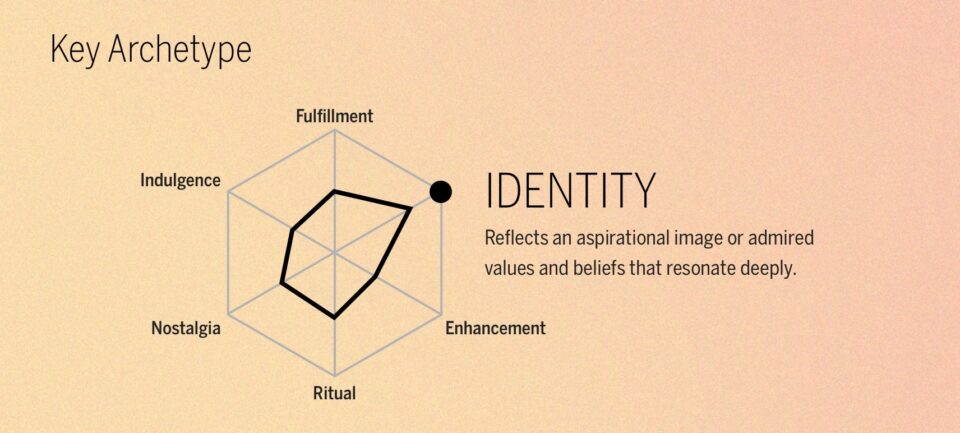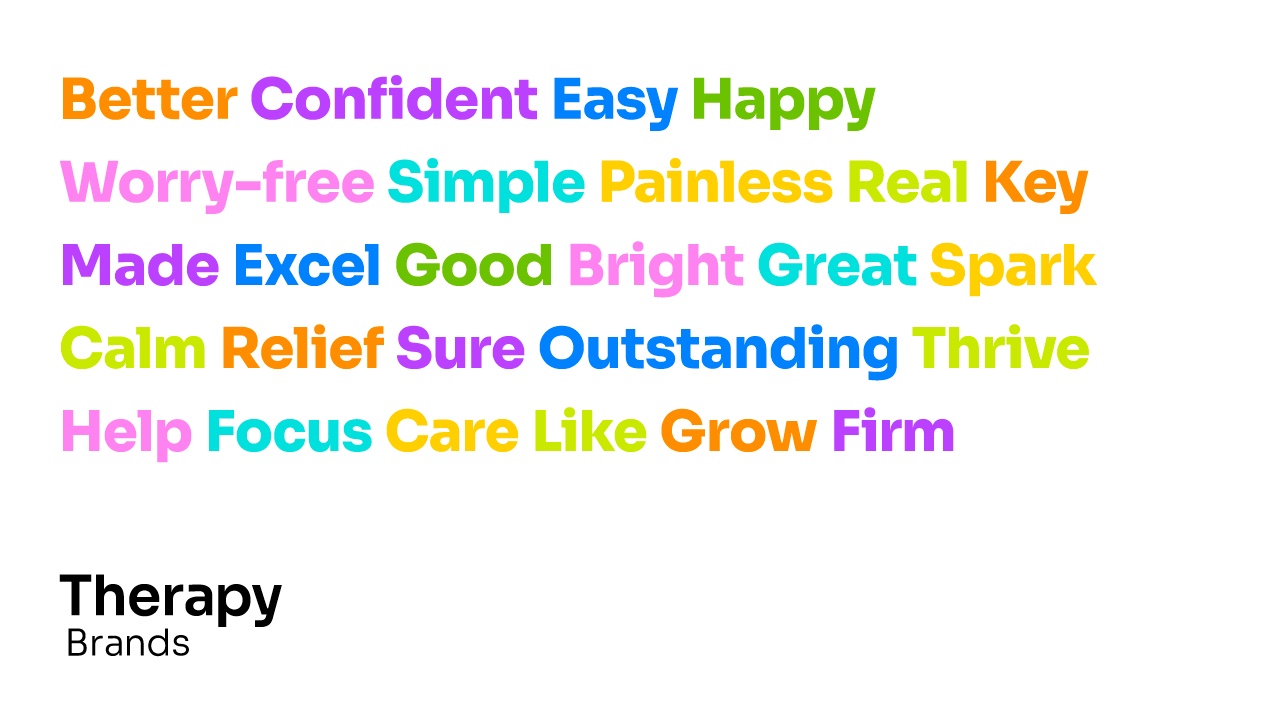Introduction
Healthcare brands are often seen as tactical, technical, and uninspiring. This is particularly true for companies focused on professional audiences. Marketing is often indistinguishable, with limited emotion, innovation, or creativity displayed.
It is ironic that the industry that provides medical breakthroughs, creates products and services that help us heal, offers insurance so that we can pay for our care, and encompasses clinicians who chose their fields because they care about people does not effectively leverage the power of emotions in its brands.
Things need to change.
Brand Intimacy Overview
Here’s where Brand Intimacy can help. Brand Intimacy is the emotional science behind the brands we use and love. It starts with the understanding that almost 90 percent of all decisions are made on emotion, not rational thought and measured consideration.1 Advances in neuroscience and behavioral science have taught us that to influence decision-making, you have to appeal and connect to people’s emotions.2 And that is true whether it is a personal decision, a professional one, or even a group decision.3
Every aspect of your brand and marketing needs to align to having an emotional foundation. While instinctive, it is not always clear how to do this, so we developed a proven three-step process to create, shape, and build intimate brands. Each step builds off the other, informing and advancing. A strong essence, compelling story, and flawless customer experience are the key components of a powerful, intimate brand.

We invented this new paradigm in marketing and have been leveraging it to create award-winning healthcare brands for companies of different scales, areas of focus, and geographies.
Intimate brands outperform their peers across profit, revenue, and stock price. They also have more engagement, with users willing to pay more for them, and less willing to live without them.
A Framework for Building Intimate Brands
- Essence: Creating Brand Differentiation
- Story: Building a Powerful Narrative
- Experience: Delivering Meaningful Customer Engagement
1. Essence: Creating Brand Differentiation
Intimate brands start with essence: a strong foundation that creates an ownable force of attraction and connection. Essence includes the building blocks for your brand: Name, Strategy, Identity, Design System, and Brand Architecture.
Essence is extremely important for healthcare brands so they can create more differentiation. Brands all speak to highlighting value, quality, and outcomes. Brands also look related, applying the cliched symbolism of logos with circles suggesting comprehensive care or abstracted people to connote partnership. The same color schemes, icons, stock photography, and web templates further the impression of a saturated category. In this sea of sameness, it is almost impossible for any customer to distinguish your brand from your growing competitors.
Here’s the thing. Spending marketing dollars to communicate the same thing as everyone else is ineffective. We know looking the same and promoting rational benefits does not align with how customers make decisions. Your brand has to be rooted in something authentic, emotional, and important. Over a decade of research has taught us there are six drivers most effective for building intimate brands. We call them Brand Intimacy archetypes, and they are markers consistently present, in part or in whole, among strong, intimate brands. Archetypes identify the character of brand relationships. These archetypes are not specific to healthcare; however, we can find all but indulgence are relevant to the category. (Indulgence can align, however, with more wellness and self-care pursuits).
Archetypes: Characters of Bonds
1. Fulfillment
Exceeds expectations, delivering superior service, quality, and efficacy.
2. Identity
Reflects an aspirational image or admired values and beliefs that resonate deeply.
3. Enhancement
Enhancement occurs through better use of the brand—smarter, more capable, and more connected.
4. Ritual
Ingrains a brand into daily actions—more than habitual behavior. The brand becomes a vital part of daily existence.
5. Nostalgia
Focuses on memories of the past and the warm, poignant feelings associated with them. These are often brands a customer has grown up with.
6. Indulgence
Creates a close relationship centered on moments of pampering and gratification that can be either occasional or frequent.
The first step is to see what archetype mix is right for your brand and how to then ladder these to create a strong brand strategy. Design plays a pivotal role here as well. The colors you select, your logo, and the system you create can all convey emotional cues. Design can anchor and extend your brand in a unique way, helping it immediately make a positive impression, as well as stand out among your competitive set. Design can also reinforce your brand archetypes that drive a stronger connection to the brand.
2. Story: Building a Powerful Narrative
Story is often the most underleveraged part of our framework. A compelling narrative is crucial as brands engage in more ways than ever before. Weaving together a brand story, both at the company level as well as to distinct stakeholders, is essential to creating meaningful customer connections.
Perhaps one of the most important things a healthcare brand needs to effectively convey and demonstrate is trust. Whether related to patient confidence and safety, credibility, reliability, or legal and regulatory compliance, trust is key.
Brand Intimacy can help you create more trust among key stakeholders in multiple ways. The Identity Archetype, in particular, can be useful to accentuate. Identity reflects an aspirational image or admired values and beliefs that resonate deeply. Leveraging this as a core element of your brand instills a strong sense of being principled. Additionally, one of our three Brand Intimacy Stages, Bonding, focuses on establishing trust. Marketing activities in this phase center on demonstrating an ethical foundation and deepening customer ties.
In addition to building trust, the Story phase is where the brand gets a unique voice and fresh visual expressions. What you say is important, but how you say it is also key. Is your brand a guide? A cheerleader? A change agent? Are you humorous? Cordial? Direct? Your tone needs to reflect your unique personality, which in turn helps create further distinction. Words are half the story. In the Story phase, your brand’s visual expression in social media and campaigns also gets developed. Does your style reinforce your voice? Does the design of your social posts and campaign command attention and convey emotion? A strong message with a weak design will not move the needle, and vice versa.

3. Experience: Delivering Meaningful Customer Engagement
Experience is a critical phase. It is where your brand comes to life and how people engage with it. Brands today need to be dynamic, motivating, rich in content, and continually updated. We create a frictionless presence for your brand so you can delight users across channels, places, and devices.
In healthcare, like in most industries today, your website, apps, and social presence are the places your audiences will go to learn more and form early brand impressions. In this era of instant gratification and seamless user experience, even minor missteps can result in being passed over. Whether it’s confusing navigation, slow-loading pages, or convoluted customer service, friction creates disengagement and sends customers flocking to competitors who offer a smoother experience.
What is clear is that different audiences require different tactics, and there’s rarely a one-size-fits-all marketing initiative that works. Importantly, 33% of customers who abandoned a business relationship in 2020 did so because personalization was lacking, indicating friction in customer experience.4 Attracting a prospect requires different cues than trying to sell an existing customer a new service. Brand Intimacy Stages are a tiered system for encouraging customers to deepen their relationships with you. The Stages identify the depth and degree of intensity between a customer and a brand. Each stage has a different strategy and a related set of marketing recommendations.
Stages: Strength of Bonds
1. Sharing
Sharing is when the person and the brand engage and interact. Knowledge is being shared, and the person is INFORMED about what the brand is all about and vice versa. At this stage, attraction occurs through reciprocity and ASSURANCE.
2. Bonding
Bonding happens when an attachment is created, and the relationship between a person and a brand becomes more significant and COMMITTED. This is the stage of acceptance when TRUST is established.
3. Fusing
Fusing occurs when a person and a brand are inexorably linked and CO-IDENTIFIED. In this stage, the identities of the person and the brand begin to merge and become a form of mutual REALIZATION and expression. Stages reveal and measure the depth and degree of intensity of an intimate brand relationship.
This is important in healthcare when the cost and time of acquiring a customer are so significant. Acquiring a new customer can cost five times more than retaining an existing customer.5 Traditionally siloed or legacy; many customers are often unaware of the full range of services a company services has. Activating more tailored cross-selling or up-selling strategies becomes critical, as well as understanding the different drivers relevant at different stages of a relationship. The goal of Brand Intimacy is not only to increase your customer base but also to grow your existing customer base with you, advancing to higher stages of Brand Intimacy, where we know they are advocates, more attached to your brand, and less price-sensitive.6 Brand Intimacy creates stickiness, with fewer customers leaving and more customers growing their relationship, directly impacting ROI. A 5% percent boost in customer retention can increase a company’s profitability by 25 to 95 percent.7
Conclusion
Brand Intimacy is a great vehicle to shape stronger, more meaningful healthcare brands. It anchors your brand to an emotional foundation, creates distinctive verbal and visual components, delights across channels, and engages audiences in effective and appropriate ways. It also creates a powerful platform to motivate employees. Intimate brands instill a strong sense of pride and are usually closely linked to purpose. This can also be critical when recruitment and talent acquisition are a priority.
Healthcare brands need a new perspective and approach to move them out of the cliched, largely indistinguishable herd mentality. More of the same will not fix the problem. Building stronger customer bonds is essential when trying to build stronger healthcare brands. By linking to emotion, your brand can lead and inspire, finding new ways to connect and attract stakeholders.
Higher Revenue & Profit Than F500 & S&P
Greater Engagement
& Behavior
Willingness to
Pay More
More Emotional Relationships
The percent of consumers in some sort of intimate relationship with a brand has increased 9% since before COVID-19.
Deeper Relationships
Brand performance has increased 19% since before the pandemic, highlighting that people are connecting with brands more deeply.
Sources
1 Mahoney, Manda, The Subconscious Mind of the consumer and how to reach it, https://hbswk.hbs.edu/item/the-subconscious-mind-of-the-consumer-and-how-to-reach-it
2 Damasio, Antonio, The Feeling of What Happens, Houghton Mifflin Harcourt Publishing Company, 1999
3 The Behavioral Economics Guide 2014, edited by Alain Samson. www.behavioraleconomics.com
4 Accenture. Source: Accenture’s 2020 Global Consumer Pulse Research
5 Acquiring a new customer can cost five times more than retaining an existing customer (Harvard Business Review).
Source: “The Value of Keeping the Right Customers” by Amy Gallo, Harvard Business Review.
6 Natarelli, Mario, Plapler, Rina, Brand Intimacy, A New Paradigm in Marketing.
7 Reichhekd, Frederick F. “Prescription for Cutting Costs,” Bain & Company.


